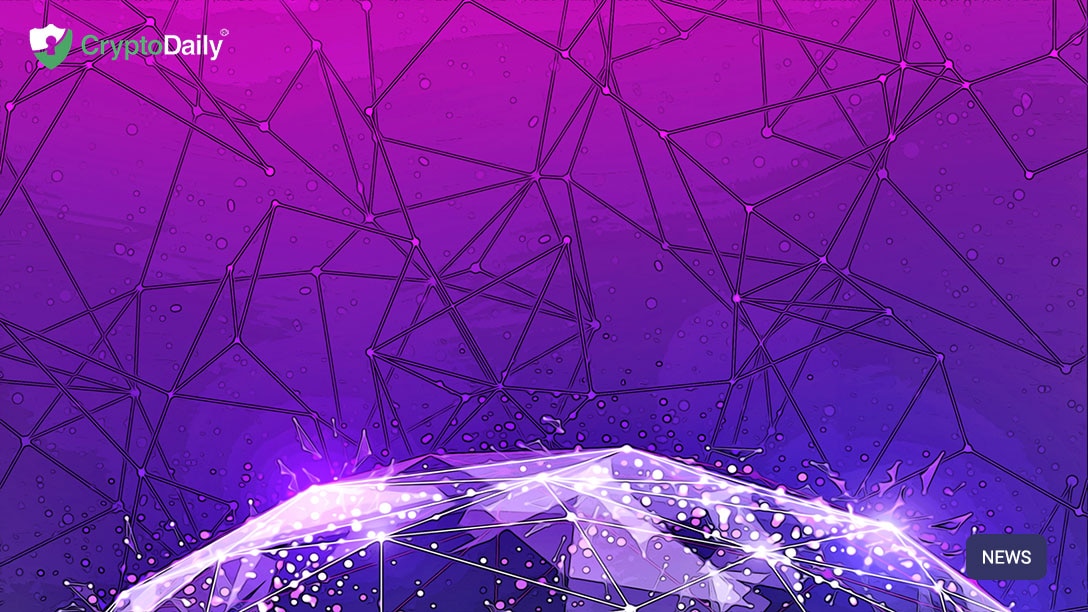QPocket is maximising ‘governance value capture’ with new AMM DEX, Equalizer
5
0

Leading QuarkChain crypto wallet, QPocket, has recently announced that it will soon be releasing a new AMM DEX which aims to maximize the value capture of governance tokens through its equal and self-adjusting token distribution mechanism.
Equalizer is set to be released at 8pm (PST) on September 29, and marks the entry into the now burgeoning AMM (Automated market maker) space, and comes in response to what many have deemed as ‘unfair governance distribution’ within AMMs like Uniswap and SushiSwap.
The current governance landscape
When looking at the current governance landscape, it appears that there is somewhat of a paradox within the governance distribution models of leading AMMs, as rather than allowing for a truly decentralised and inclusive governance structures, only certain trading pairs are enjoying governance incentives in return for providing liquidity.
For example, Uniswap’s governance token UNI currently only allows for four trading pairs, meaning that in order to obtain UNI, more liquidity will naturally go into these four trading pairs. The downside of this is that the liquidity pools of other trading pairs aren’t able to get incentives, regardless of how much has been contributed, and this unevenness is even more apparent on rival fork SushiSwap. At present, SushiSwap only allows for 18 (out of 100) trading pairs to provide liquidity in order to get SUSHI governance tokens, and to put things into perspective, these 18 trading pairs have accounted for more than 90% of the liquidity on SushiSwap, while other trading pairs without incentives have almost 0 trading volume.
So the question that must be asked, is how does Equalizer improve upon this?
Bringing more ‘distributed’ governance incentives to DeFi
In response to the governance flaws of the aforementioned AMMs, Equalizer appears to offer some cutting edge innovations which will seek to ‘maximize’ the value capturing of governance tokens through an equal and self-adjusting token distribution model.
Fueling Equalizer will be the EQL governance token (no pre-mine) which will be used to encourage decentralised governance participation from a wide array of participants, and no private or public sale will be on offer. The QPocket team have instead opted to fund the AMM DEX by using 10% of liquidity mining on EQL, and the team have also decided to pay homage to the Uniswap team and ecosystem by donating 1% mined in the first month, which given the multitude of plagiarism and forks, is sure to be welcomed by proponents of Uniswap.
The EQL fee structure is as follows:
- The trading fee ratio will initially be set at 0.3%, of which 0.15% will be allocated to liquidity providers, and 0.15% will be used to buy back EQL and burn.
- When the daily buyback amount is greater than the new daily-generated EQL amount, the entire system will enter into deflationary mode.
- Whilst trading fees received by liquidity is reduced, governance token incomes obtained through liquidity mining are expected to be higher, and thus greater value is captured.
In terms of adjustments, Equalizer will automatically adjust the weight of each trading pair on the EQL liquidity mining pool every 8 hours, with the frequency being open to future changes through community voting. It is important to note that Equalizer will be pre-designating 8 trading pairs with corresponding liquidity mining weights on the first day of launching, but after 8 hours, absolutely anyone will be able to add new trading pairs with the weight of EQL backing their trading volume. The backing weight will come from the buybacks and burning of each trading pair in the previous rounds, meaning that the greater the number of EQL buybacks and burns, the higher the weight of each trading pair will be in the EQL liquidity mining pool.
The initial trading pairs (in EQL) are as follows:
ETH-EQL (3x), 3000 EQL
ETH-UNI, 1000 EQL
ETH-SNX, 1000 EQL
ETH-QKC, 1000 EQL
ETH-YFI, 1000 EQL
ETH-USDT, 1000 EQL
ETH-LINK, 1000 EQL
ETH-COMP, 1000 EQL
Liquidity providers will also be further encouraged through Eqalizer’s quasi-fixed-supply (QFS) distribution model, which although similar to the standard periodic reduction model seen with others, goes further by halving the emissions after each production cycle (epoch). So the difference compared with standard reduction models is that the new epoch time will be twice as long as the previous one. In terms of the specifics, the first epoch will be at 20,000 blocks (about 3.5 days), and will produce 10 EQL per block. This means that 200,000 EQLs will be mined in the first 3 days, 200,000 EQLs in the following 7 days, and then 200,000 EQLs mined in the following 14 days, and so on.
Last but not least, in order to avoid extreme volatility in trading volume, and to better reflect market popularity in terms of liquidity, Equalizer will also be including an Exponential Moving Average (EMA) mechanism which will calculate the value based on both present and past trading data.
What the future holds for Equalizer
The release of Equalizer provides an exciting addition to the DeFi space, and is sure to be welcomed by both traders and projects alike due to its well thought out and more inclusive tokenomic structure. Furthermore, because Equalizer offers everything Uniswap does, new projects will be much more likely to create liquidity pools due to the attractive governance token incentives discussed.
So whilst traders and projects will be looking to take advantage of the benefits during the first few days of launching, other AMMs will also be watching closely to see how the market responds to this ‘more distributed’ governance incentive model. As the saying goes, there is nothing like good competition to push one further, so this Equalizer experiment will undoubtedly be off interest to
In the meantime, the QPocket team (with the full support of the QuarkChain team) will continue to work diligently on Equalizer, including introducing DAO governance, addressing gas fee and performance issues, and bringing more interoperability.
Expect to see more coming from Equalizer.
5
0








